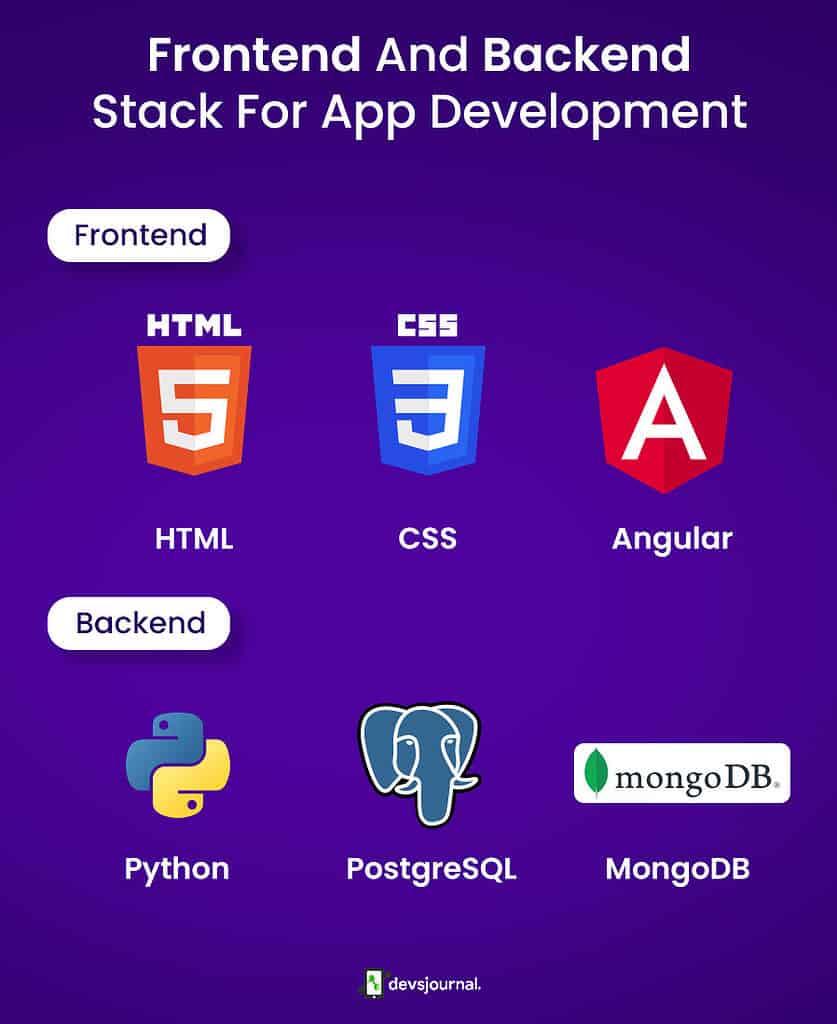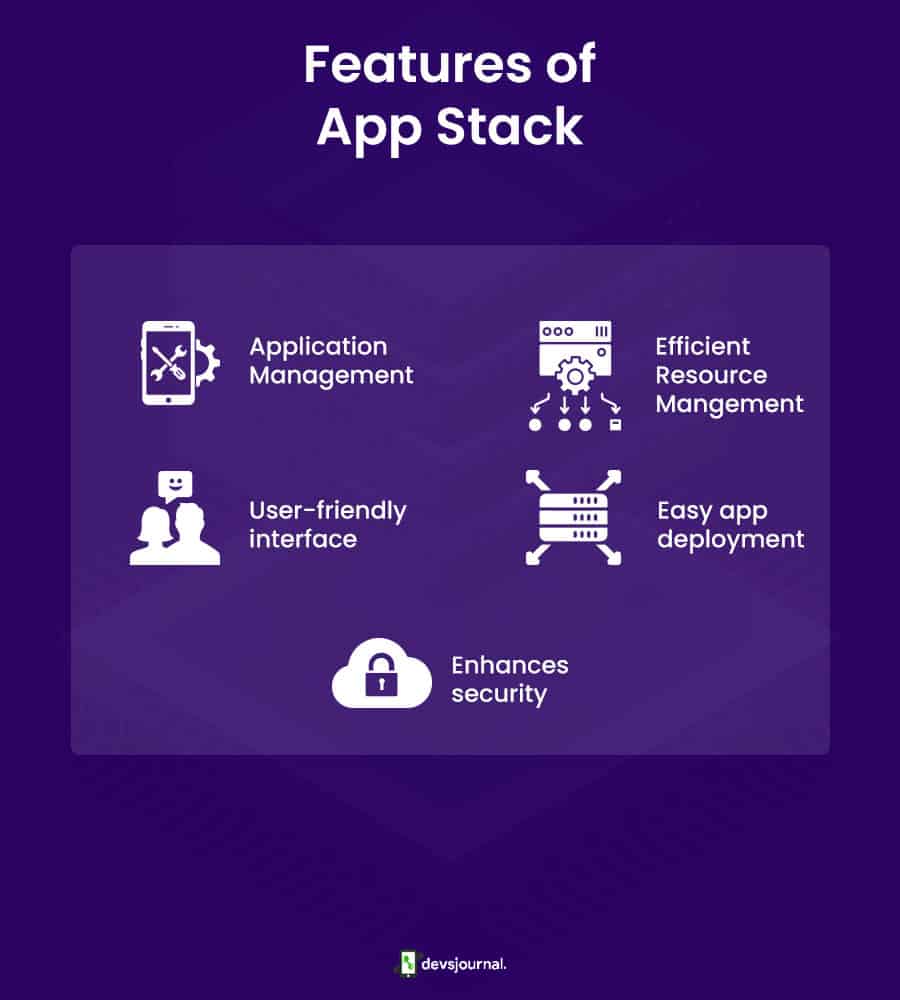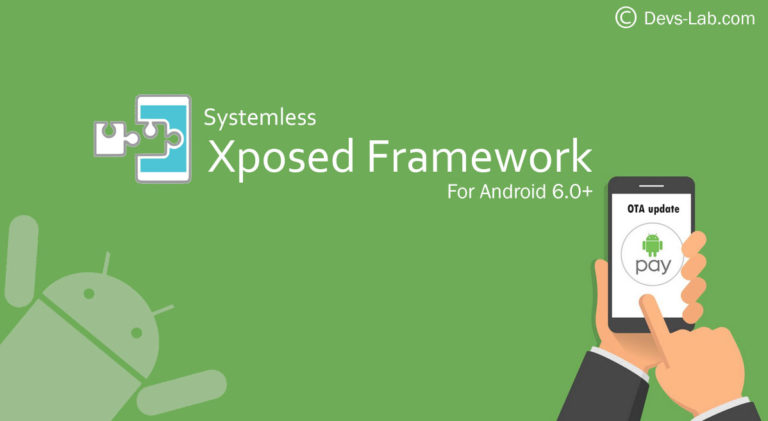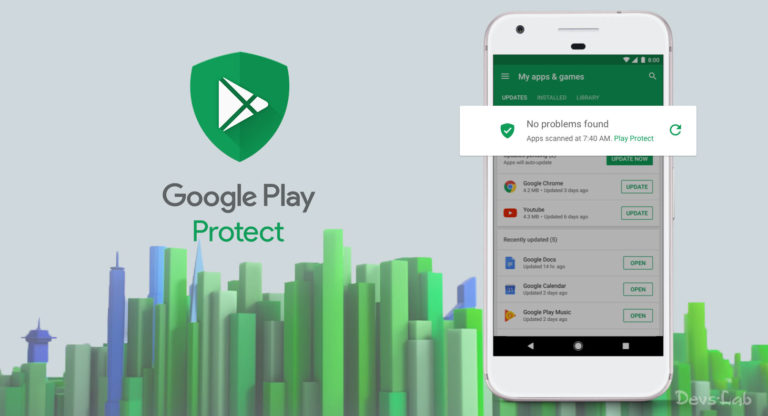
The phrase “app stack” in the context of mobile development refers to the set of tools and technologies required to create an Android application. The app stack is made up of a number of layers, each of which has a particular function to play throughout development.
Any Android developer must understand the app stack since it serves as the basis for creating effective and high-performing applications.
Each tier of the app stack influences the overall functionality and performance of the application, and the development process may be greatly impacted by selecting the appropriate technologies and tools. In this article, we will learn about what is app stack on Android is, what is app stack used for, and more.
What Is App Stack On Android?
An “app stack” is a word used to describe the many parts and tools that make up an application’s technological Stack in the context of creating mobile apps for the Android platform. The standard app stack is made up of a number of layers, each of which has a particular function to play during the creation process.
The programming language, which is used to develop the application’s logic and user interfaces, is the first layer of the app stack. Java or Kotlin, object-oriented programming languages created primarily for creating mobile apps, are frequently used by Android developers.
The software development kit (SDK), which offers a selection of tools and resources for creating, testing, and distributing Android apps, is the second layer.
The Android Studio Integrated Development Environment (IDE), the Android Emulator for testing apps, and the Android Debug Bridge (ADB) for managing and debugging Android devices are just a few of the tools included with the SDK.
The database layer, which makes up the third tier of the application stack, is in charge of handling and storing data for the application. Depending on the application’s needs, developers can select from various databases, including SQLite, Realm, or Firebase Realtime Database.
The app stack also contains a number of libraries and frameworks that aid in developing particular features and functionalities. Retrofit for networking, Glide for image loading, and RxJava for reactive programming are examples of well-liked libraries and frameworks.
Frontend And Backend Stack For App Development

The creation of every online or mobile application requires the development of both the frontend and backend stacks. While the backend stack concentrates on the logic that occurs behind the scenes and how the application processes and saves data, the frontend stack is in charge of the user interface and how it interacts with the user.
The frontend stack is the visible portion of the program that users interact with. HTML, CSS, and JavaScript handle the layout, style, and interaction of the user interface. These frontend languages are used in web app development by many app development companies and individual developers.
The creation of more intricate and dynamic user interfaces can be facilitated by the inclusion of additional frameworks and libraries like React, Angular, or Vue.
On the other hand, the backend stack is in charge of the application’s server-side functionality, including data storage, user authentication, and request processing.
The backend stack often consists of a web framework like Django, Spring, or Ruby on Rails, as well as a programming language like Python, Java, or Ruby. These frameworks offer crucial features, including routing, database administration, and security.
The database and other tools that store and handle data, such as MySQL, PostgreSQL, or MongoDB, are also included in the backend stack. The backend stack’s performance, scalability, and stability may also be improved by using additional tools like caching systems, load balancers, and serverless technologies.
Strong coordination between the frontend and backend stacks is essential for a successful application, ensuring the user experience is simple, appealing, and effective. The backend architecture, meanwhile, guarantees accurate user requests and safe, dependable access to data.
Additionally, the backend architecture guarantees the application’s speed and scalability, ensuring it can manage high volumes of traffic and user requests.
In conclusion, creating every online or mobile application requires using both frontend and backend stacks. Together, they provide a user-friendly, responsive application and are capable of handling various situations and issues.
Types Of Stack Technology
Here are the main types of stack technology used in software development:
- MEAN Stack – consists of MongoDB, Express, AngularJS, and Node.js for full-stack JavaScript development
- LAMP Stack – a popular web development stack that includes Linux, Apache, MySQL, and PHP
- MERN Stack – similar to the MEAN stack, but replaces AngularJS with React
- Ruby on Rails Stack – a popular full-stack development framework using Ruby programming language and Rails framework
- Python Stack – includes Python programming language and related frameworks such as Django or Flask for web development
- .NET Stack – utilizes Microsoft’s .NET framework and related technologies such as C# and ASP.NET for web and desktop application development.
Advantages Of App Stack
One of the main advantages is that it enables developers to design and manage several apps on a single device more, eliminating the need for additional physical or virtual devices.
Additionally, App Stack makes it simple for users to swiftly and simply install and uninstall programs, streamlining the administration of existing applications. Additionally, because the App stack is pre-installed software, it needs no additional storage space or system resources.
An app stack offers a dedicated, read-only virtual drive with one or more programs to software developers, making the deployment and maintenance of apps on the device easier.
In general, the App stack provides a useful and simple method for controlling several programs on the same device, making the experience more effective and user-friendly for both developers and users.
Features Of App Stack

App stack is a software component that comes pre-installed on certain Android devices and serves as a dedicated, read-only virtual disk for managing multiple applications. Here are some of the key features of the App stack:
Application management: App stack streamlines the administration of installed apps by letting consumers quickly install and remove various apps from their devices.
Efficient resource management: The app stack is an effective method for managing several apps since it is pre-installed software and doesn’t need any more resources or storage to operate.
User-friendly interface: The user-friendly interface of App Stack makes it easy for users to explore and administer their apps.
Easy app deployment: The deployment of many apps on a device is made simple and simplified for developers by App stack.
Enhances security: Using an app stack lowers the danger of unauthorized changes or security breaches by allowing developers to deploy apps in a safe, read-only environment.
Uses of App Stack
Following are the practical use of the app stack.
- All applications can be thoroughly tracked. Users have the ability to monitor who is using the phone and which applications. The user can obtain the data with the aid of App Stack’s log.
- App Stack is the source of all knowledge on the app’s features.
- The user may simply switch between applications.
- It’s simple to go back, as in games, navigating, looking for other programs, etc.
- It supports memory control. App Stack enables the management of several languages. Dynamically allocated RAM is used.
- A number of expressions are evaluated, including control structures and arithmetic expressions.
- Recognizing and maintaining the prefix and suffix notations is simple.
- It is simple to translate or convert an Infix to Postfix.
- Depth First Search (DFS) and full-stack searches are performed when a user wishes to search an application.
- App Stack may be used to schedule algorithms.
- Hash tables are included in the app stack to aid in quick data lookup. Hash tables are used to represent data uniquely.
- This program makes word processing simple. Numerous virtual machines are employed for this.
- Another usage is for IP routing. When routing is complete, the network adopts a certain pattern, and communication between the networks is unaffected.
- Since numerous programs are running at once, the user login page should list all the apps that are most important, including computer graphics. This is accomplished with the use of 2D and 3D computer graphics.
- Graphs displaying network connections, communication, data organization, and the data flow of social networking sites are shown and effectively handled inside App Stack.
Conclusion
In conclusion, an App stack is a software component pre-installed on certain Android devices and serves as a dedicated, read-only virtual disk for managing multiple applications. It provides a simple, streamlined, and efficient solution for managing installed apps on the device.
App stack also offers enhanced security features, making it a valuable tool for developers who want to deploy applications in a secure environment. With its intuitive user interface and pre-installed functionality, App stack offers a user-friendly experience for both developers and users alike.
Ultimately, the App stack is a valuable tool for managing multiple applications on an Android device, providing a more efficient and practical solution than other alternatives like virtual machines or multiple physical devices. I hope this article has helped you understand what app stack is on Android and what app stack does.




